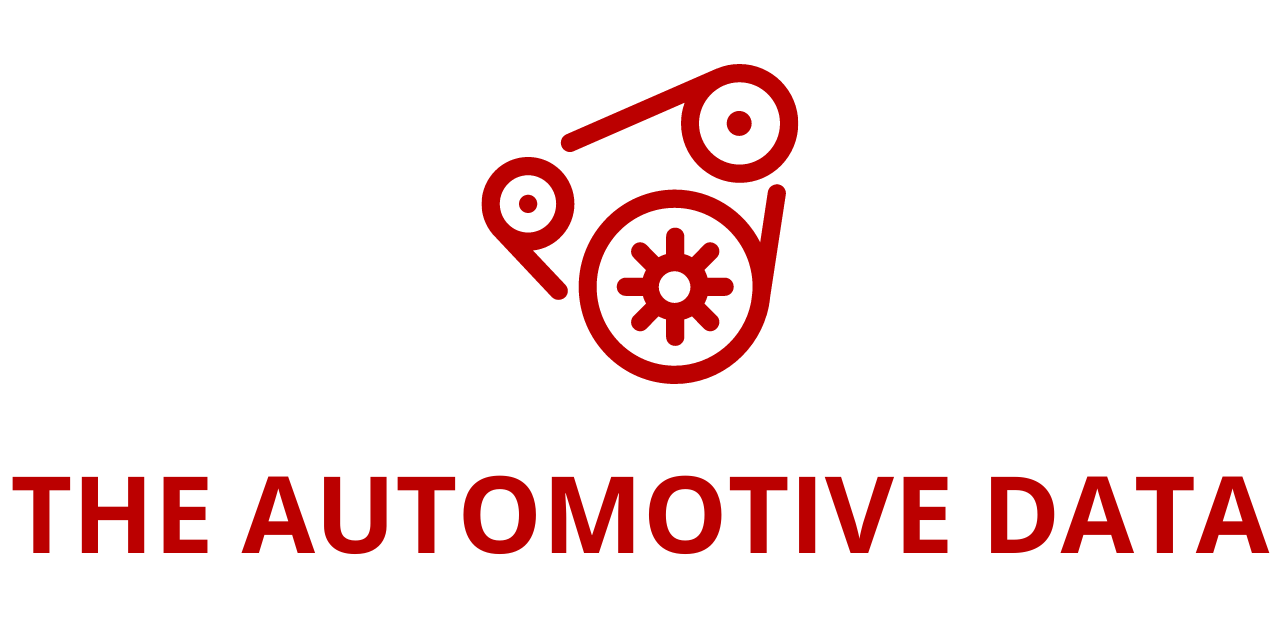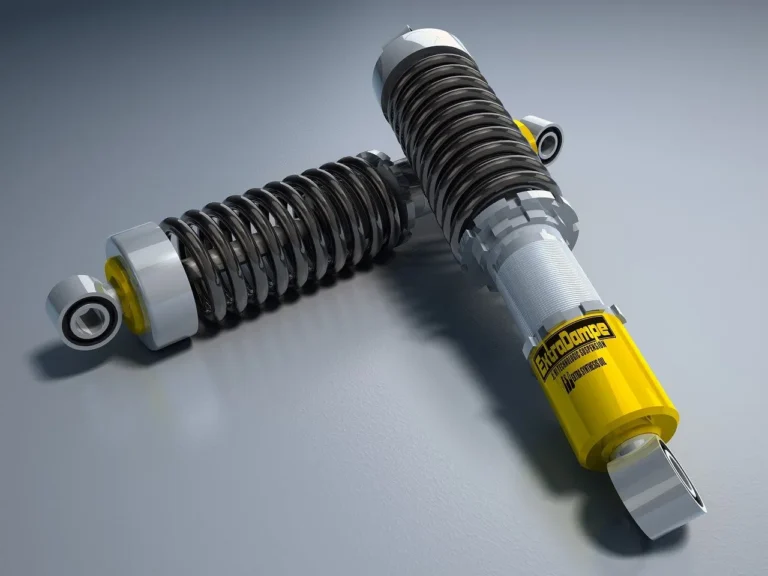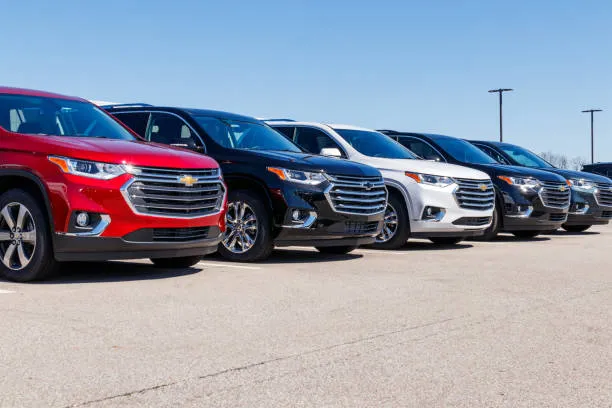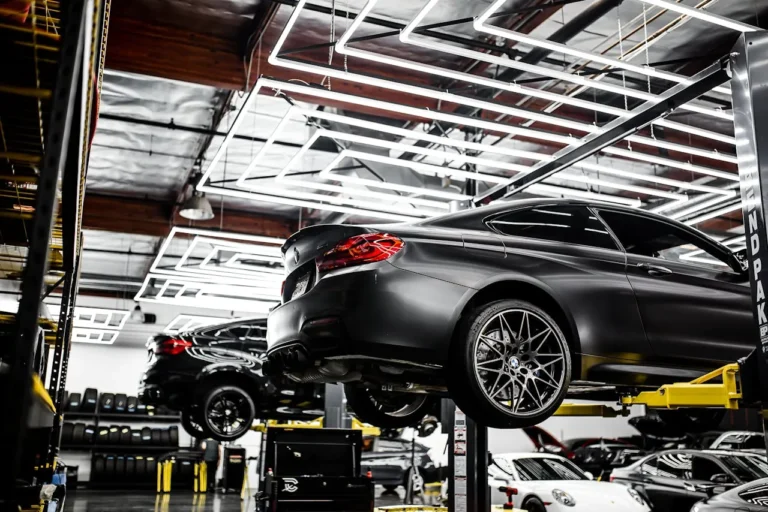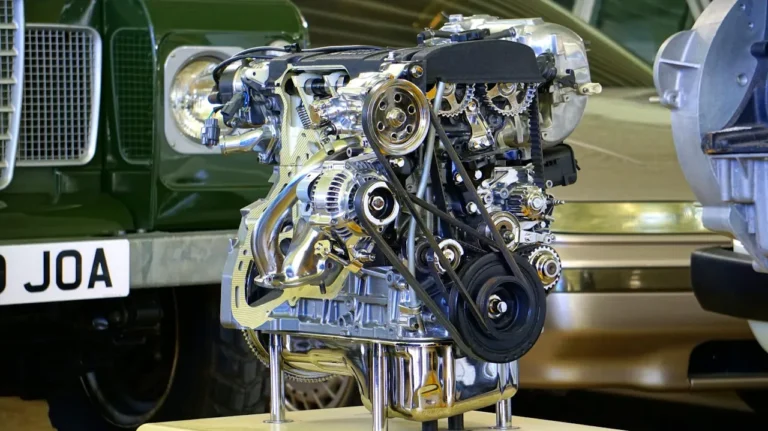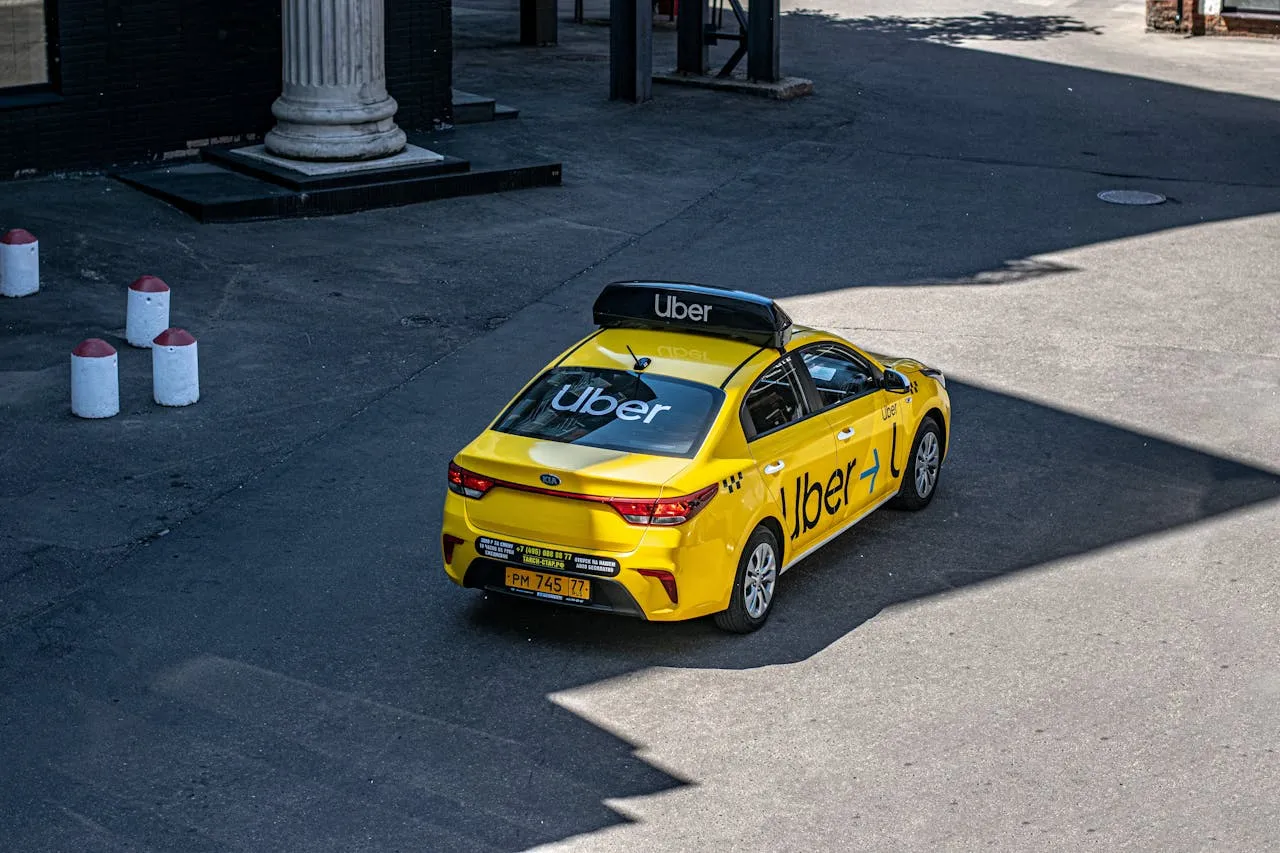
Uber and May Mobility Form Strategic Partnership to Accelerate Autonomous Vehicle Deployment Across the U.S.
In a landmark move aimed at reshaping the future of urban mobility, Uber Technologies, Inc. (NYSE: UBER) and May Mobility, Inc., a leading autonomous vehicle (AV) technology developer, have entered into a multi-year strategic partnership to scale the deployment of autonomous vehicles across the United States. The collaboration is set to kick off in Arlington, Texas, with plans for an initial launch of May Mobility’s autonomous ride-hailing service on the Uber platform by the end of 2025. Over the coming years, the partnership is expected to introduce thousands of autonomous vehicles into Uber’s ecosystem, with ambitions to reach new markets nationwide by 2026 and beyond.
This newly forged alliance unites two major forces in transportation innovation—Uber, the global ride-hailing leader with over a decade of experience in mobility logistics and consumer platform development, and May Mobility, a trailblazer in AV systems and autonomous fleet operations. The announcement underscores their mutual goal to broaden access to safe, efficient, and sustainable autonomous transportation, while enhancing the choices available to Uber’s vast user base.
A Shared Vision for Scalable Autonomous Mobility
The partnership represents a significant step forward in the evolution of autonomous ride-hailing services. By integrating May Mobility’s cutting-edge AV technology into Uber’s platform, the two companies aim to capture a portion of what is estimated to be a $1 trillion AV market in the United States. With rising urban populations and growing demand for efficient transportation alternatives, scalable AV solutions are poised to play a critical role in shaping the next era of mobility.
Under the terms of the partnership, Uber will allow customers to select a May Mobility autonomous vehicle when booking eligible rides in participating service areas. Initially, each vehicle will include a trained onboard safety operator to oversee operations and ensure rider safety. Over time, as the system proves its reliability, the fleet will transition toward fully driverless deployment, marking a pivotal milestone in autonomous vehicle adoption.
Technology at the Core: Multi-Policy Decision Making (MPDM)
Central to May Mobility’s solution is its proprietary Multi-Policy Decision Making (MPDM) platform, an advanced AI system that mimics human-like reasoning and decision-making in real-time. Unlike many autonomous systems that rely on predefined scenarios or static programming, MPDM is designed to dynamically evaluate a wide range of possible outcomes, enabling it to handle unpredictable traffic conditions and so-called “edge cases” more effectively.
By running multiple behavioral policies in parallel and selecting the most appropriate response to complex driving environments, MPDM allows vehicles to operate safely and efficiently in real-world scenarios. This adaptability is particularly valuable in urban settings, where conditions can shift rapidly due to pedestrian activity, construction, or unexpected traffic flow changes. May Mobility’s ability to scale MPDM across diverse environments has already been validated through deployments in the U.S. and Japan, including fully driverless operations in three cities.
According to May Mobility, the flexibility and reliability of MPDM give it a significant advantage over more rigid rule-based autonomous driving systems. The platform’s “in-situ” reasoning not only enhances safety but also improves rider comfort and trust by making the AV experience feel more natural and responsive.
Leaders’ Perspectives: Strategic Growth and Industry Momentum
Speaking about the new partnership, Uber CEO Dara Khosrowshahi emphasized the alignment between Uber’s long-term transportation goals and May Mobility’s autonomous technology roadmap:
“We are thrilled to be partnering with May Mobility to continue to scale the availability of autonomous vehicles across the United States. At Uber, we’re building the future of transportation, working with the world’s leading autonomous vehicle developers like May Mobility to help commercialize and deploy this technology quickly at scale around the world.”
Echoing Khosrowshahi’s sentiments, May Mobility CEO and co-founder Edwin Olson highlighted the broader implications for the AV industry:
“Launching on the Uber platform is a big signal to the market that May Mobility is ready to quickly expand to major markets as the pre-eminent autonomy-as-a-service provider. Uber and May Mobility will make it possible for more people across the U.S. to enjoy the transformative benefits of autonomous vehicles.”
Olson added that May Mobility views this collaboration as a crucial step in its mission to deliver AV technology that is not just futuristic, but practical, scalable, and available to everyday riders in the near term.
Arlington as a Launchpad for Expansion
May Mobility’s longstanding presence in Arlington, Texas, where it has operated since 2021, provides a strong foundation for the rollout. The company’s experience navigating Arlington’s infrastructure and regulatory environment will accelerate its ability to scale operations in collaboration with Uber. The launch will expand upon May Mobility’s existing service footprint in the city, leveraging data, rider insights, and operational learnings to ensure a smooth introduction of autonomous vehicles into Uber’s service offerings.
Arlington, known for its proactive stance on transportation innovation, serves as an ideal testing ground for new mobility solutions. The city has supported multiple autonomous transit pilots and continues to embrace public-private partnerships aimed at improving urban mobility. Uber and May Mobility’s partnership is expected to deepen that commitment while offering residents greater access to flexible, tech-forward ride options.
Scaling Toward a Driverless Future
The Uber-May Mobility alliance is not just a one-city experiment. Both companies have made it clear that this is the first phase of a broader initiative to introduce autonomous vehicles into a growing number of U.S. markets starting in 2026. While the initial rollout will remain modest in scope to ensure safety and performance, the long-term goal is to deploy thousands of AVs nationwide.
Key to that growth will be the ability to gain public trust in AVs, demonstrate consistent safety performance, and navigate evolving regulatory landscapes. By launching with safety operators and gradually progressing to full autonomy, the partnership aims to build confidence step-by-step—ensuring that rider experience and community acceptance keep pace with technological progress.
In addition to safety, sustainability will also be a core theme of the partnership. May Mobility’s vehicles are hybrid-electric Toyota Sienna Autono-MaaS models, combining lower emissions with enhanced energy efficiency. These American-assembled vehicles represent a strategic alignment with both environmental goals and domestic manufacturing priorities.
As the AV industry matures, partnerships like the one between Uber and May Mobility will play a critical role in turning prototypes and pilot programs into widely accessible services. By combining Uber’s global scale and transportation logistics expertise with May Mobility’s advanced autonomous technology, the two companies are taking a bold step toward making driverless ride-hailing a practical reality for American cities.
Further details about the Arlington launch—including timelines, service maps, and public education efforts—are expected to be released in the coming months. In the meantime, the announcement marks a major milestone in the ongoing transformation of mobility, signaling that autonomous vehicles are no longer a distant vision, but an approaching reality.
